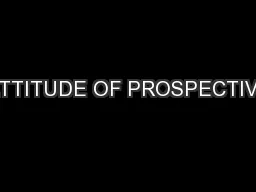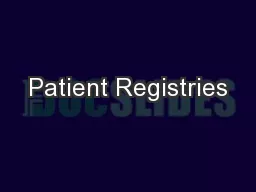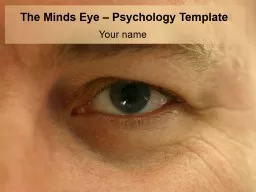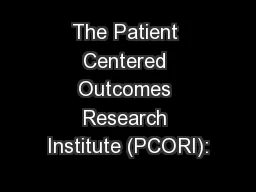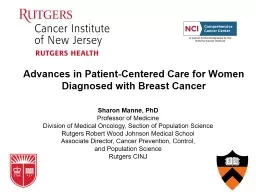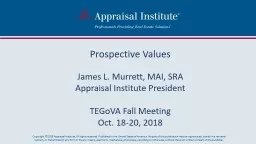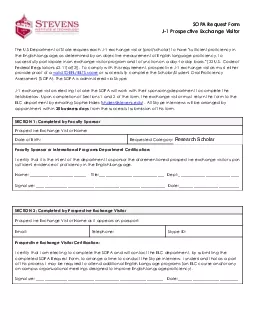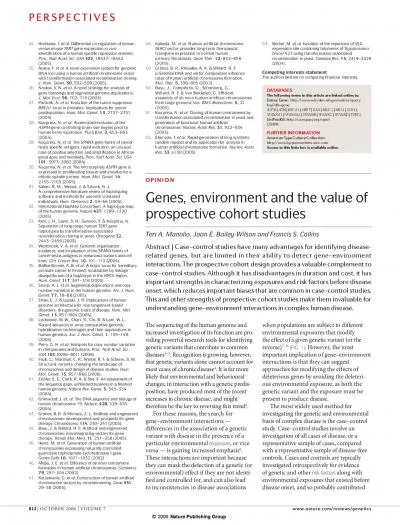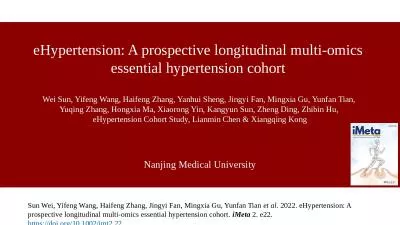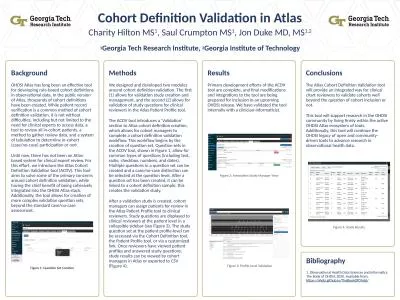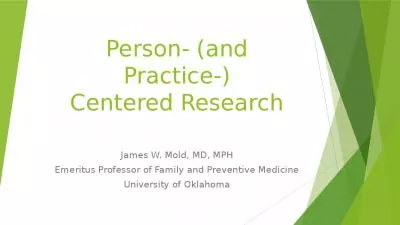PPT-Patient-Centered Outcomes in Pediatric Moyamoya Arteriopathy: A Prospective Cohort Study
Author : bency | Published Date : 2023-06-23
Syed Ameen Ahmad 1 John R Gatti 1 Rachel K Peterson 12 Noah Burton 1 Laura A Malone 234 Lisa R Sun MD 4 1 Johns Hopkins School of Medicine Baltimore MD USA
Presentation Embed Code
Download Presentation
Download Presentation The PPT/PDF document "Patient-Centered Outcomes in Pediatric M..." is the property of its rightful owner. Permission is granted to download and print the materials on this website for personal, non-commercial use only, and to display it on your personal computer provided you do not modify the materials and that you retain all copyright notices contained in the materials. By downloading content from our website, you accept the terms of this agreement.
Patient-Centered Outcomes in Pediatric Moyamoya Arteriopathy: A Prospective Cohort Study: Transcript
Download Rules Of Document
"Patient-Centered Outcomes in Pediatric Moyamoya Arteriopathy: A Prospective Cohort Study"The content belongs to its owner. You may download and print it for personal use, without modification, and keep all copyright notices. By downloading, you agree to these terms.
Related Documents


